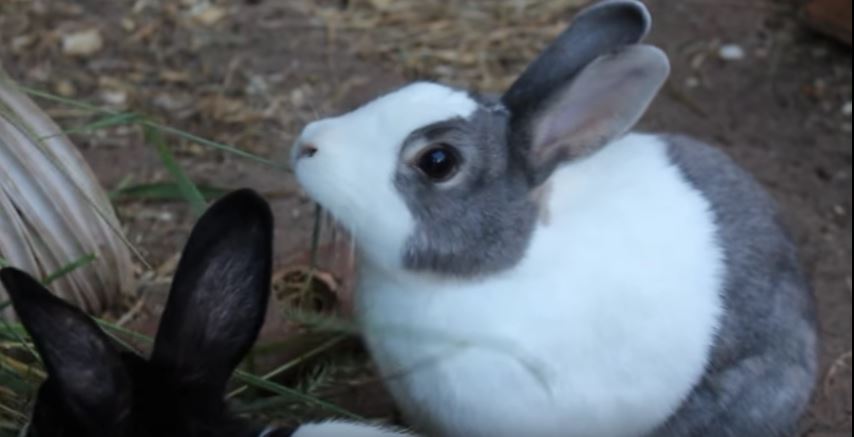About the Rabbit: Appearance, biology, life cycle, habitat, diet, behavior

Rabbits are normally small mammals, and they have short tails and whiskers and are fluffy with long ears. There are now 30 species throughout the world, and they do live in a variety of places. Rabbits are known for their prolific reproductive habits, and they can breed at least four or five times each year. However, only 15 percent of the newborn babies will reach their first birthday, so to make sure that the population continues, the rabbits have a large number of babies. The pregnancy may produce at least three up to eight babies. After five weeks, the baby will be able to care for itself, and in three months it can start its own family. If an area does not have natural predators, then it can be full of rabbits in no time.
Rabbits are classified as omnivores, and this means that they only eat a plant based diet and do not consume meat. During the warm months, rabbits may eat herbs, greens, lettuce, grasses and peas. In winter, they eat buds, bark and twigs.
The rabbits are found in many places, and if they are domesticated, they will need to be in a regulated environment in order to prevent heat exhaustion or hypothermia. However, the wild rabbits will not have this problem as they are able to survive in any extreme temperature. Wild rabbits like to live in wetlands, deserts, grasslands, meadows, forests and woods. The wild rabbits usually create their homes through making tunnels in the ground. There are tunnel systems that are known as warrens, and they may include rooms where the rabbits sleep or nest. Domestic rabbits can be put in a cage, but the owner could let them be free within the home in order to exercise and then keep them in a cage to sleep.
Rabbits are social and they can live in large groups known as colonies. The rabbits become busy at dawn and dusk when they go out to get their food. The low lights protect them from the predators.
Go back to the How to Get Rid of Rabbits page or email us if you have any other questions about About the Rabbit: Appearance, biology, life cycle, habitat, diet, behavior
About Us
We are the Pest Education Network, a non-profit organization that focuses on wildlife and pest removal education. Our approach utilizes Integrated Pest Management, a strategy advocating prevention and humane methods.


